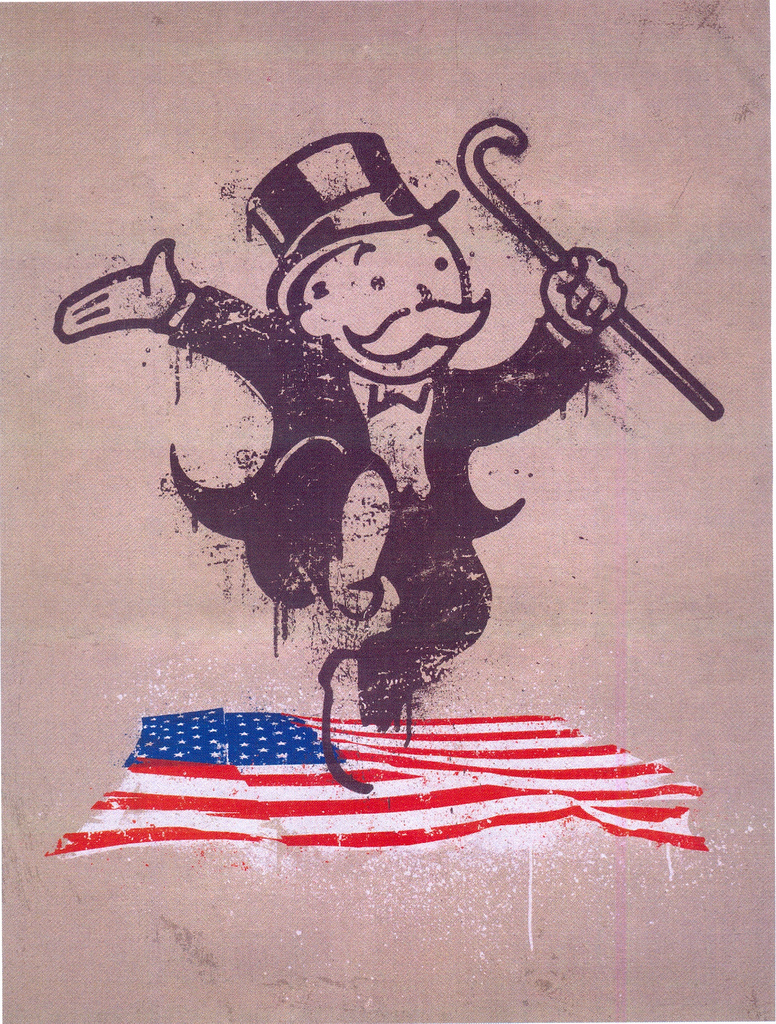
In late 2008, banking reform seemed like a certainty. Financial behemoths were teetering, the U.S. economy was entering a Great Recession, and the more we learned about the system, the more rotten it all looked. Only thoroughgoing reform, it was said, could prevent us from creating even more destructive bubbles. But today, almost five years later, after numerous bailouts and printings of money, such grand reform looks altogether unlikely. Regulators and bankers seem intent primarily on avoiding short-term turbulence. Most home mortgages are now government-backed, and muddling through has become the order of the day. How did the banking system survive a global financial crisis of its own making and yet stay intact? And how dangerous do our large financial institutions remain to the global economy and American society? Stanford University economics and finance scholar Anat Admati, co-author of The Bankers’ New Clothes, visits Zócalo to explain how the banks escaped any serious consequences—and how real reform would look.
Books will be available through Skylight Books.
The Takeaway
Sorry, Our Banks Are Still Broken
Anat Admati Diagnoses Our Rickety Financial Institutions and How To Tame Them
In the wake of our most recent financial crisis, Stanford University economist Anat Admati, coauthor of The Bankers’ New Clothes: What’s Wrong with Banking and What to Do About It, …






